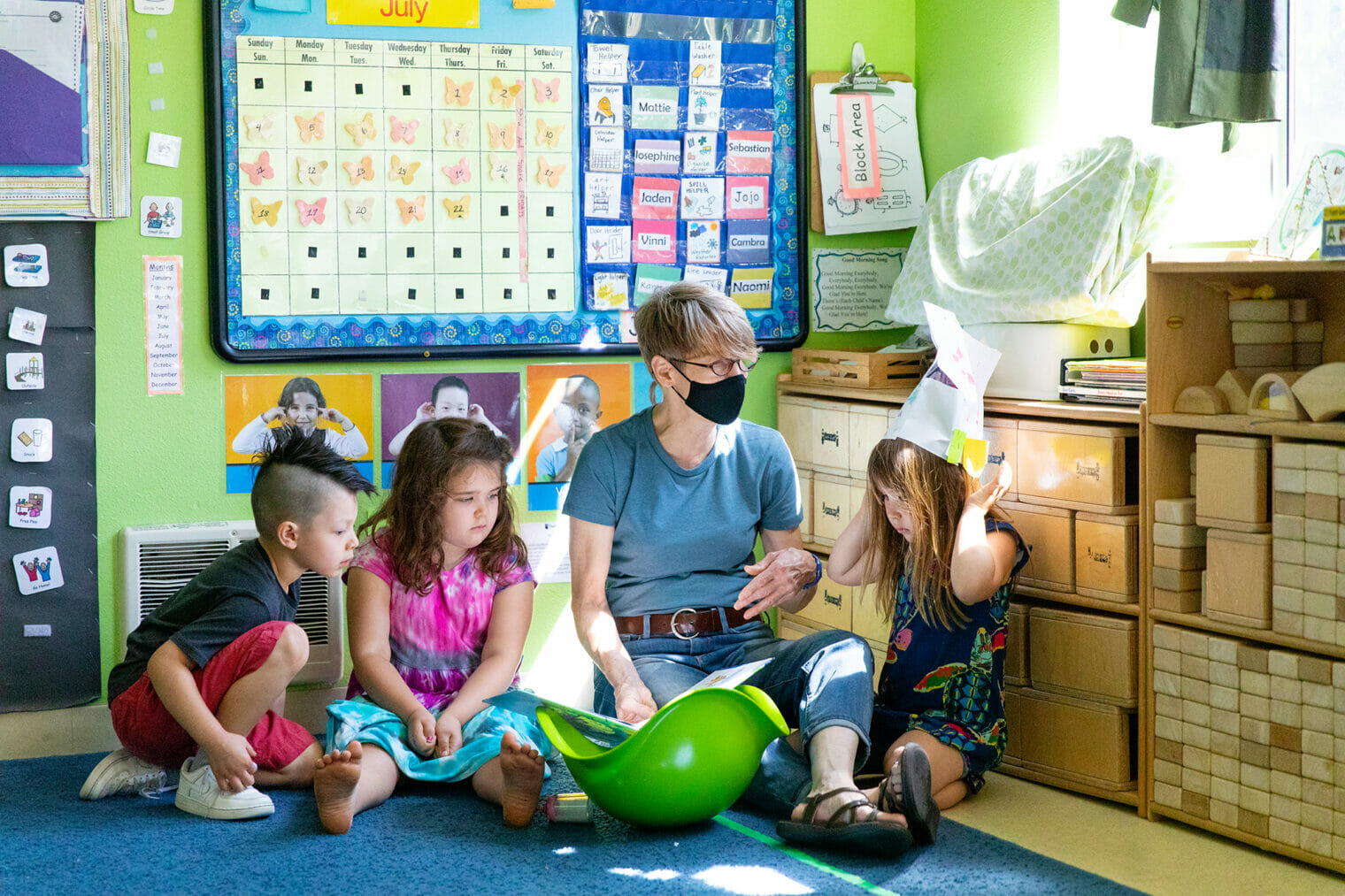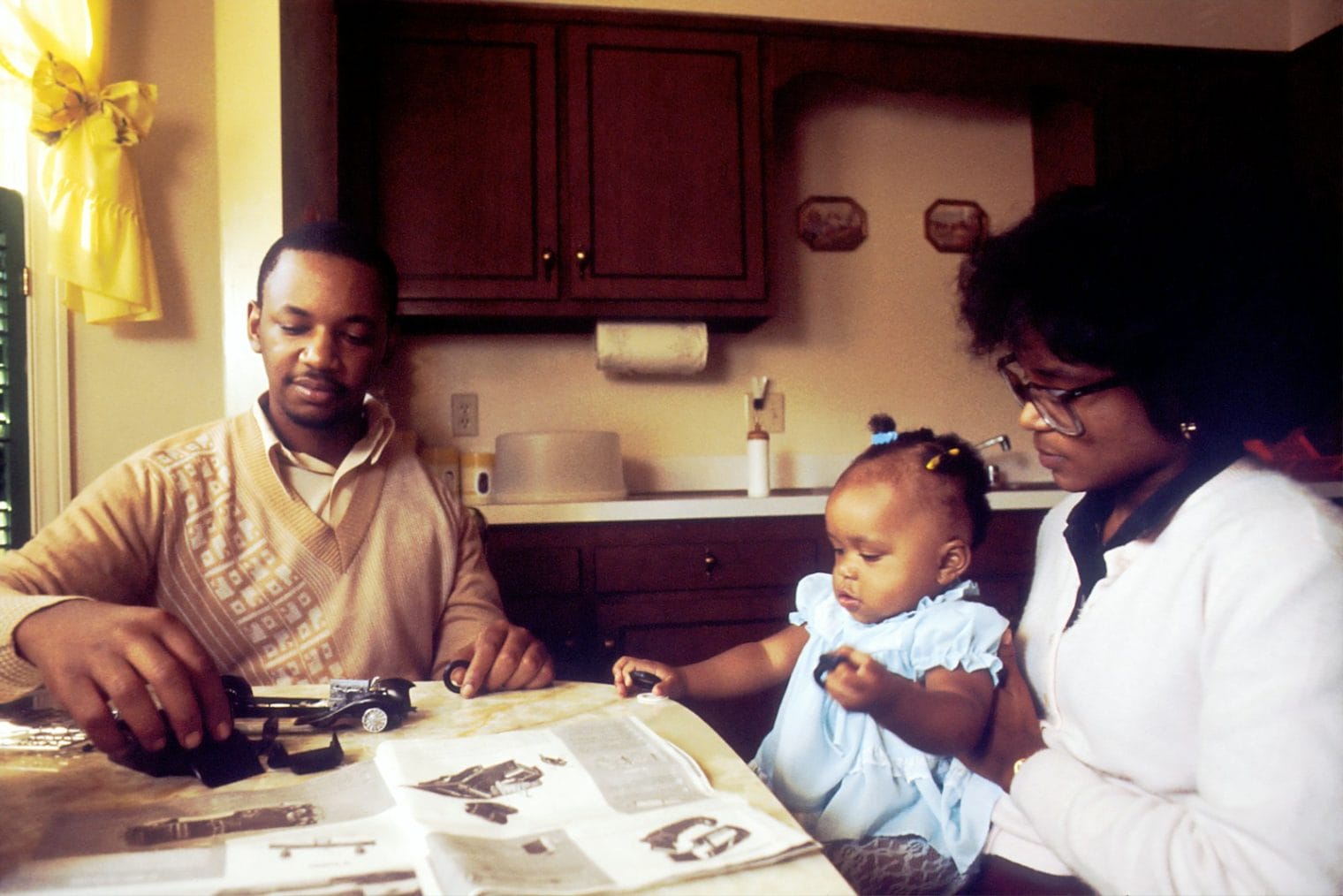Your cart is currently empty!

Play-Based Therapy
Play-based therapy is a type of psychotherapy that uses activities to help children develop social, emotional, and behavioral skills. Play-based therapy provides a fun and engaging environment for children to learn and practice critical skills naturally and developmentally appropriate. Play therapy is often employed for children with a history of trauma or abuse by allowing them to process and express themselves through play with dolls and other toys.
Play materials help children explore their emotions, practice social skills, and develop problem-solving and communication skills. The therapist may also use role-playing, storytelling, and imaginative play to assist the child in working through difficult experiences or challenges.
Responses to “Play-Based Therapy”
rDnvpJH6fTG
KO7lWkTxHKu
IMG649YH0p9
2qupb1LWcWW
HDEdE9EkBB7
Touched by what you read? Join the conversation!
-

Learning Differences In Asian Students
Studies have shown that learning differences are as common among Asians as they are among other countries. Between 5% and 9% of the general population is impacted while approximately 6.3% of Chinese children live with ADHD, nearly 1% live with autism, and 11.32% of Indians, 26.2% of Indonesian, 2.49% of Pakistani, and 7.7% of Japanese children live with ADHD.…
-

Applied Behavior Analysis (ABA)
Applied Behavior Analysis, or ABA, is the scientific foundation of the FBA. ABA is primarily concerned with assessing behavior in the context of the event that immediately precedes it (antecedent) and its consequence, which is the event that occurs following the behavior. By analyzing the relationship between antecedent, behavior, and consequence (ABC), clinicians are able…
-

Disparities In Access To Behavioral Healthcare
Social-emotional and behavioral health services are not widely available to the general public, and there is a critical shortage of behavioral healthcare providers. For example, as it stands, the behavioral health workforce needs to double in order to serve autistic children in need. People with low income, Asians, Pacific Islanders, BIPOC, and those living in…
Read more >> about Disparities In Access To Behavioral Healthcare




Leave a Reply